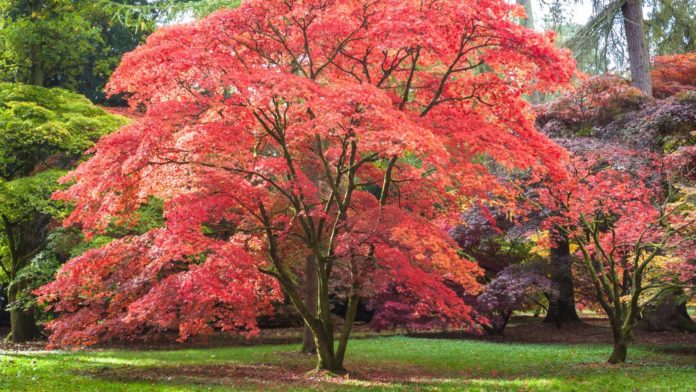
A hanging tree branch can be both deadly and costly as trees cause over 100 deaths per year and lead to millions of dollars in damages. Not all have been struck by lightning, rather the cause of their weaknesses and deformities is a disease. The way to combat dangerous situations is to know what is causing your trees to decay and treat it immediately. Read on to find out the 5 most common tree diseases and how to spot them.
1. Anthracnose
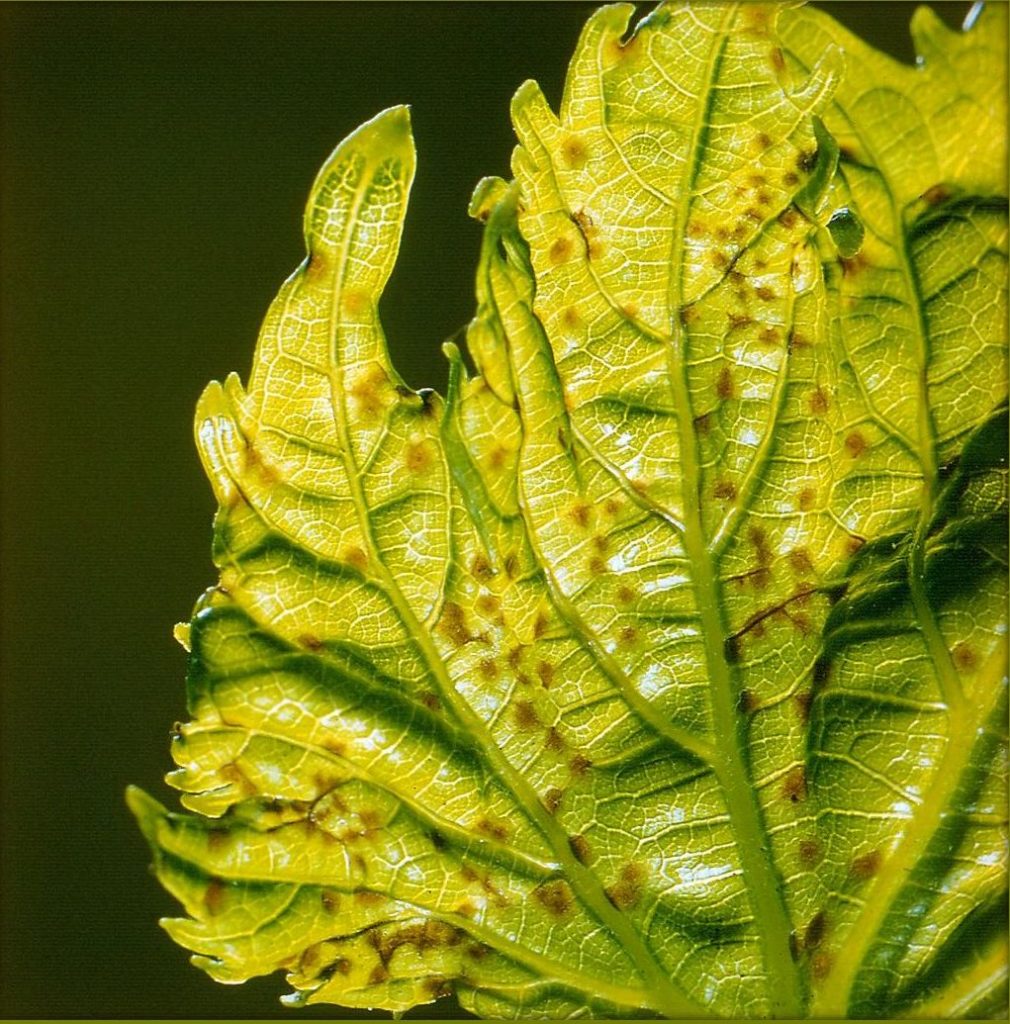
The most common infections involve fungus. This one affects the ends of the tree, from its twigs and leaves to its fruit and flowers. The fungus causes leaves to fall from the tree early. It also deforms the twig causing witch’s brooming. The fungus spreads through many species in North America, but specifically, dogwoods and sycamores are prone to infection. To stop or cure the disease, apply fungicides 2 weeks before budding of flowers and fruits. Trees with leaves should be given the fungicide right when budding occurs and continued through the season.
2. Fire Blight
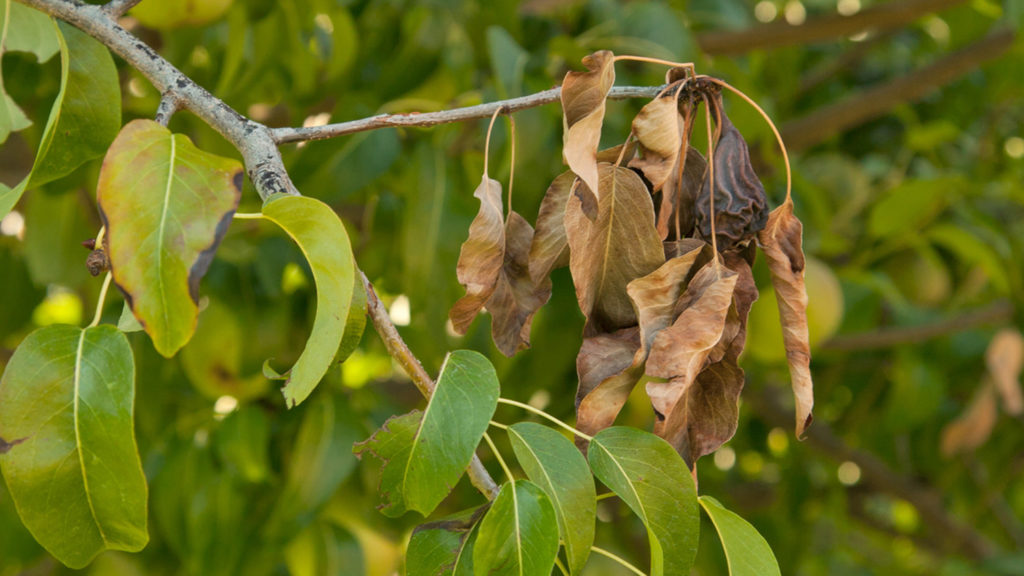
If you notice diseased trees that look like their branches have been in a fire then you know they have fire blight. The leaves and flowers will turn brown, wilt, and dry out. This disease is caused by a bacterium that is commonly found in tropical climates that are hot and wet. It can easily be spread by rain runoff, bees, and carried on gardening tools like sheers. Try to isolate the disease by trimming off infected branches about a foot from where you notice discoloration. Disinfect your tools with each cut.
3. Lethal Yellow of Palm
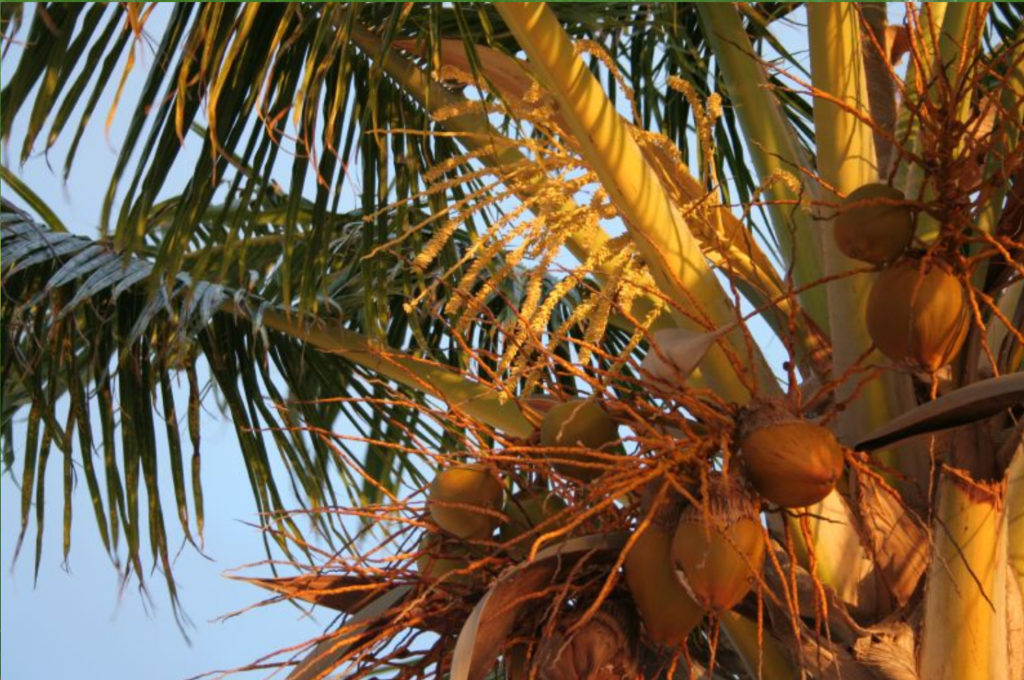
In this list of diseases, this may be one to consider cutting down. It is caused by an organism called phytoplasma and carried by the insect, planthopper that affects palm, date, and coconut trees. You can tell the tree has been infected by flowers dying, leaves turning yellow, or early fruit fall. And if left untreated, it will usually die within 3-5 months. If you catch the disease early, it can be injected with antibiotics in the trunk. You can remove smaller infected plants and shrubs to avoid spreading.
4. Dothistroma Needle Blight
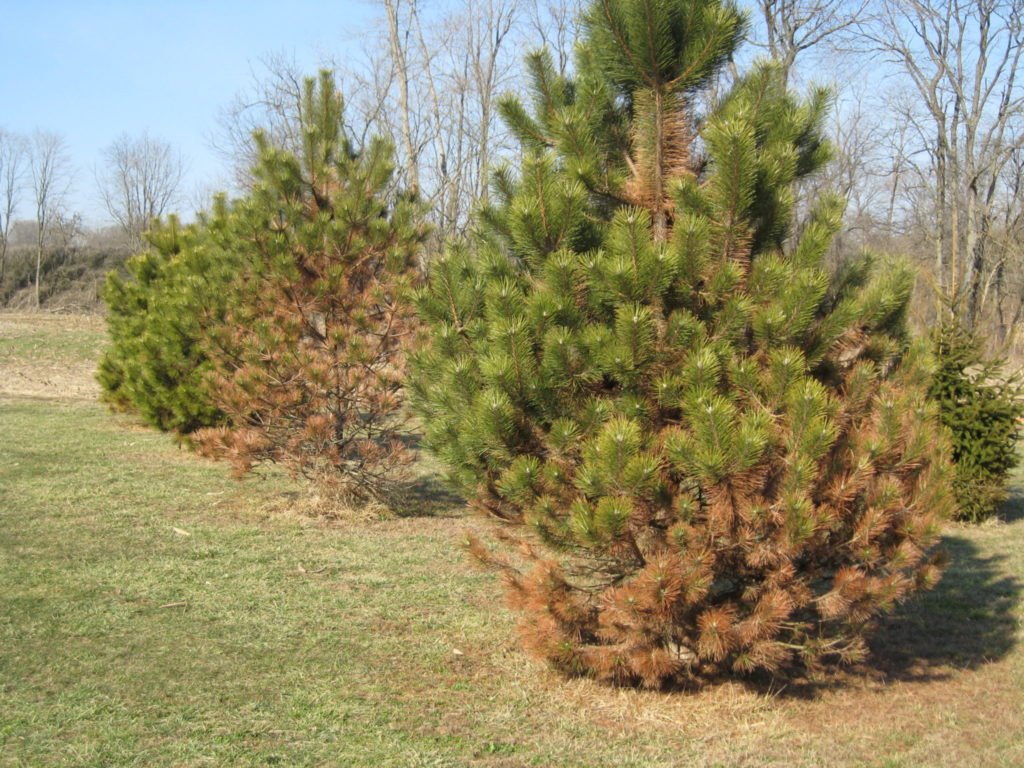
Identifying diseases is easy when it affects 35 species of pine in North America. Spot this fungal disease by the yellowing and tanning of needles or by bare spots when the needles die. Mature trees will only experience needle defoliation, but younger will have stunted growth. Apply fungicide when the buds open that include the ingredients copper hydroxide and mancozeb.
5. Powdery Mildew
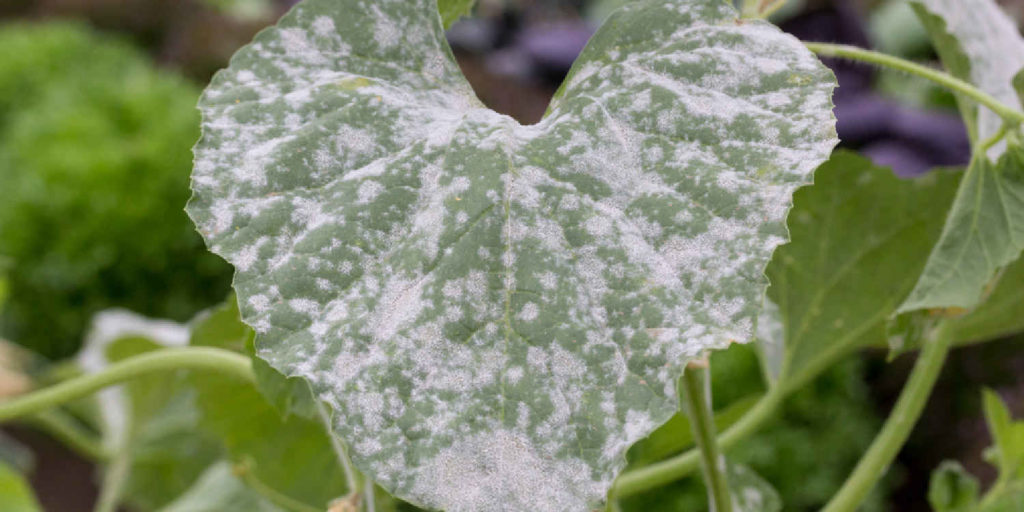
Fungal pathogens cause a white powered layer on leaves creating spores and threads of fungus. As the infection persists, discoloration and dryness of the tissue will occur. In younger plants, the leaves, flowers, and twigs are deformed. Some types of trees are immune to the fungus while others can be treated with a fungicide.
Risks Involved with Common Tree Diseases
The main reason to treat common diseases is to avoid disasters like falling branches, spreading of diseases, and avoiding tree death. Catching these diseases is the best way to avoid these problems. If you are dealing with tree disease problems, contact www.aaatrees.net to discuss tree risk assessment of your property.










